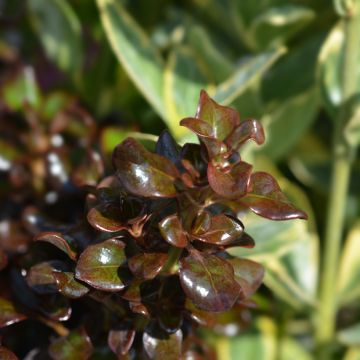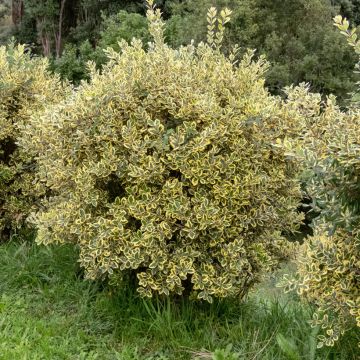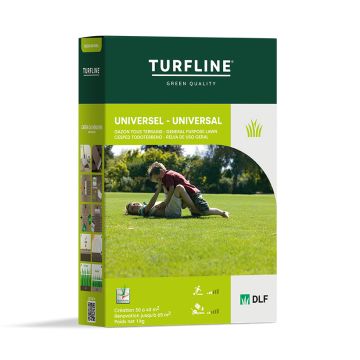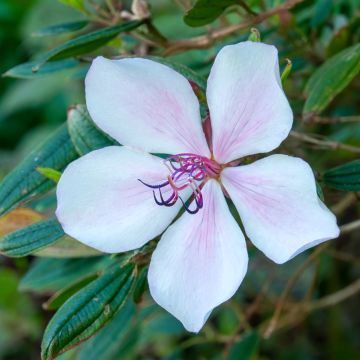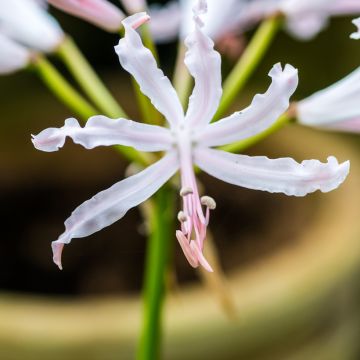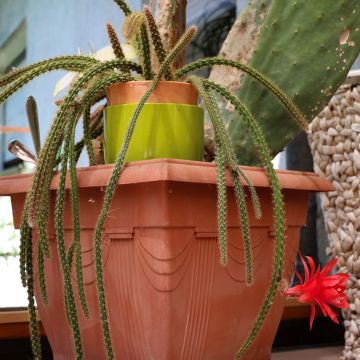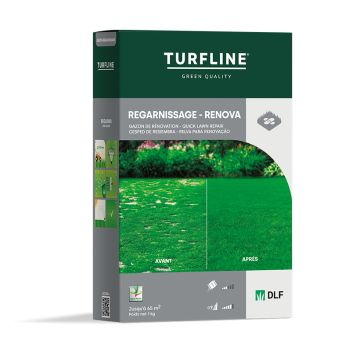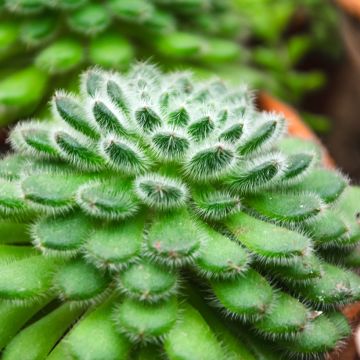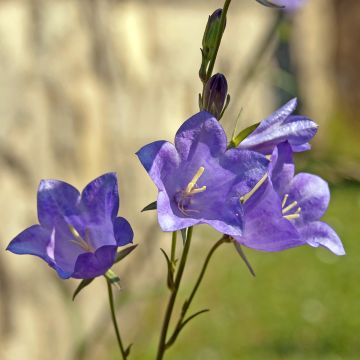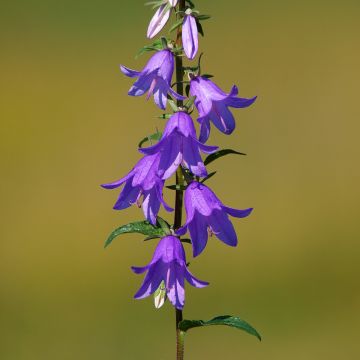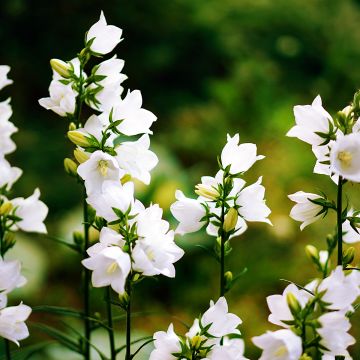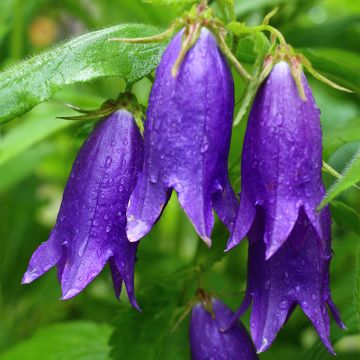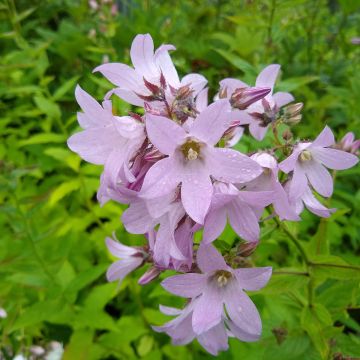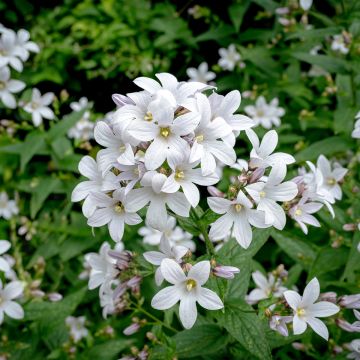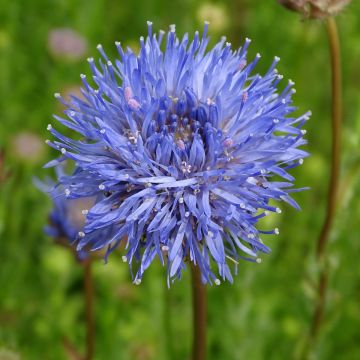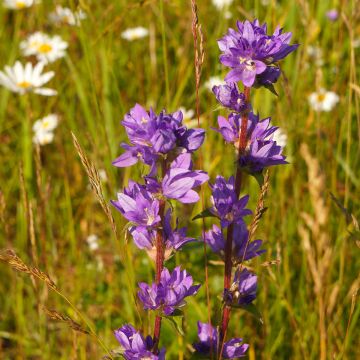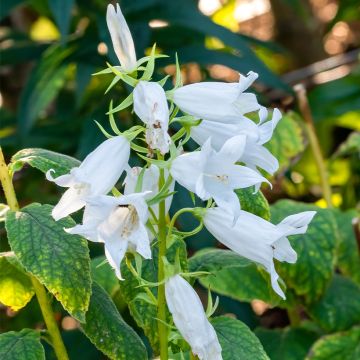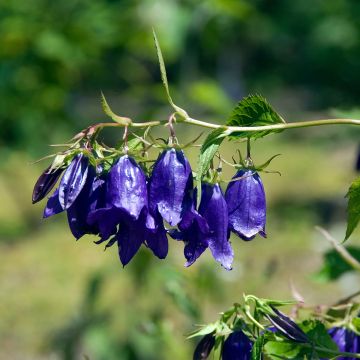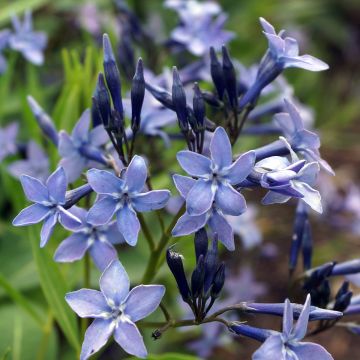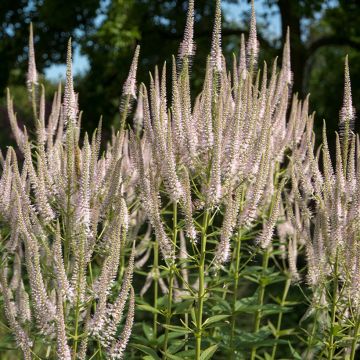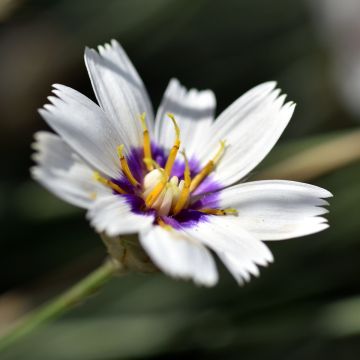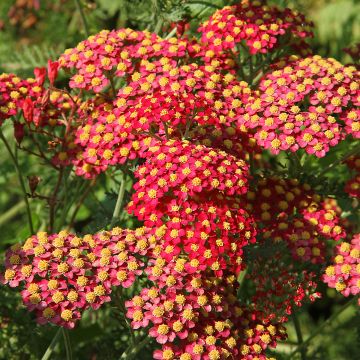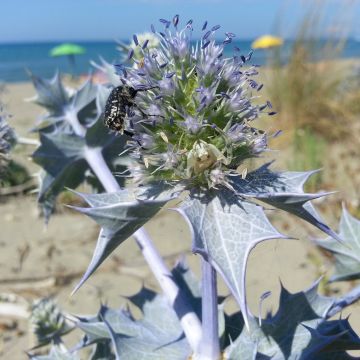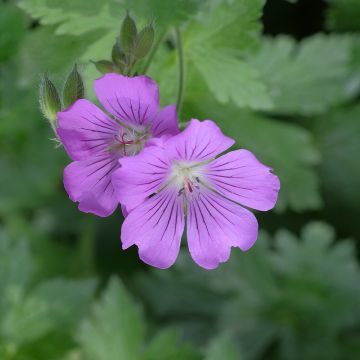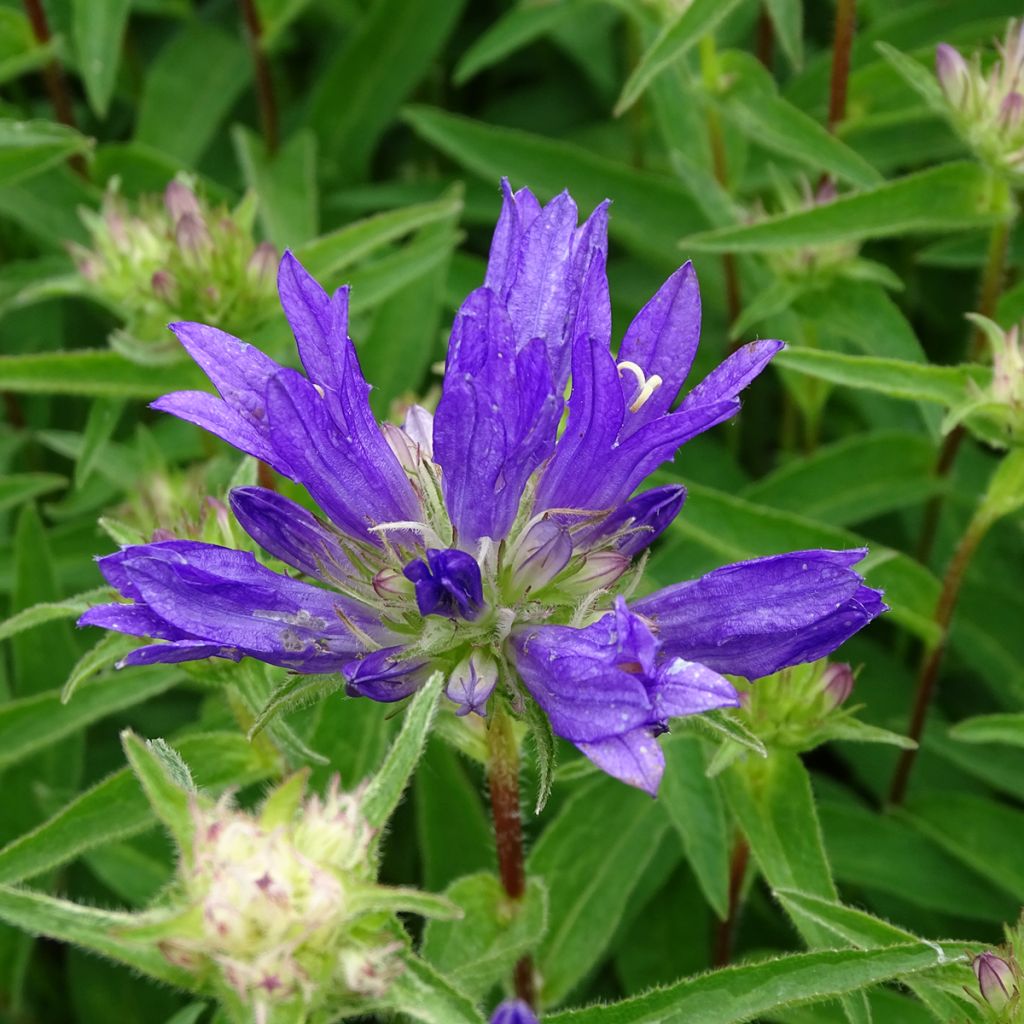

Campanula glomerata Genti Twisterbell
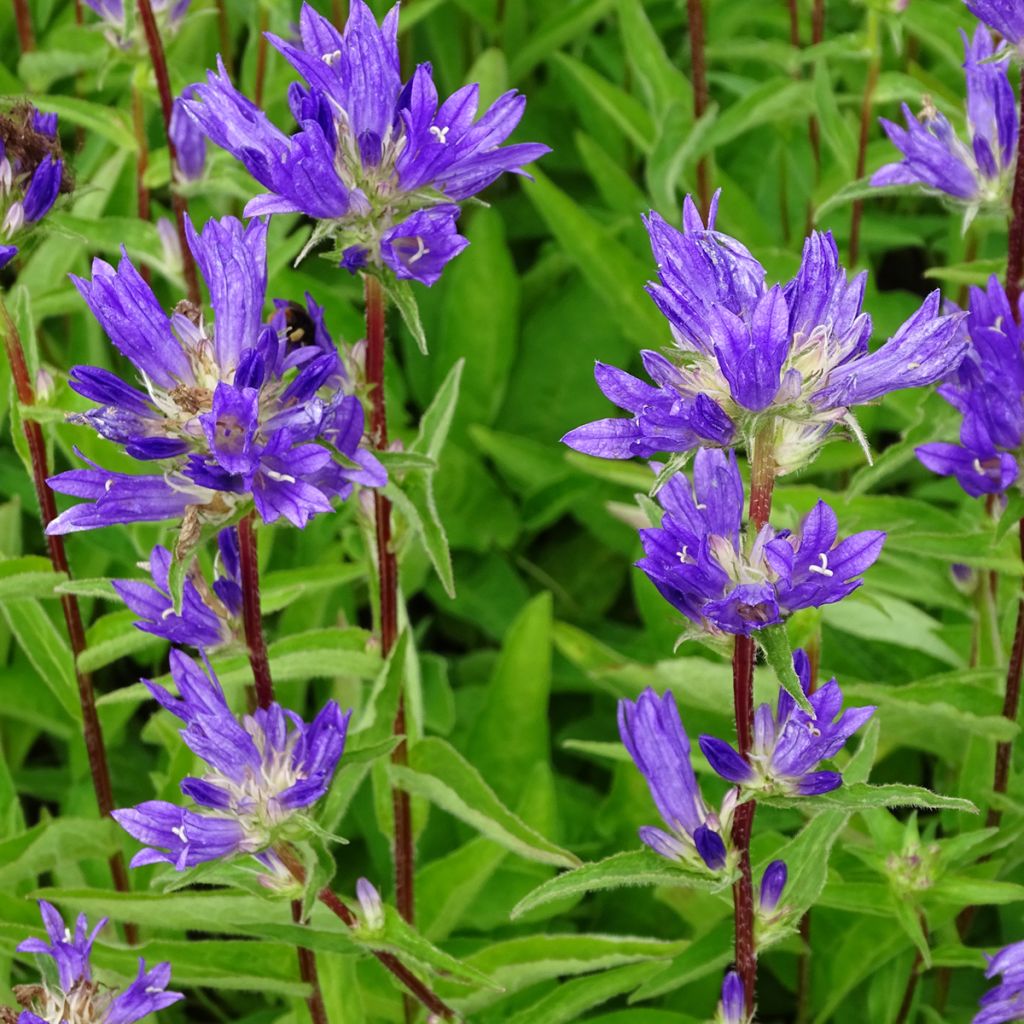

Campanula glomerata Genti Twisterbell
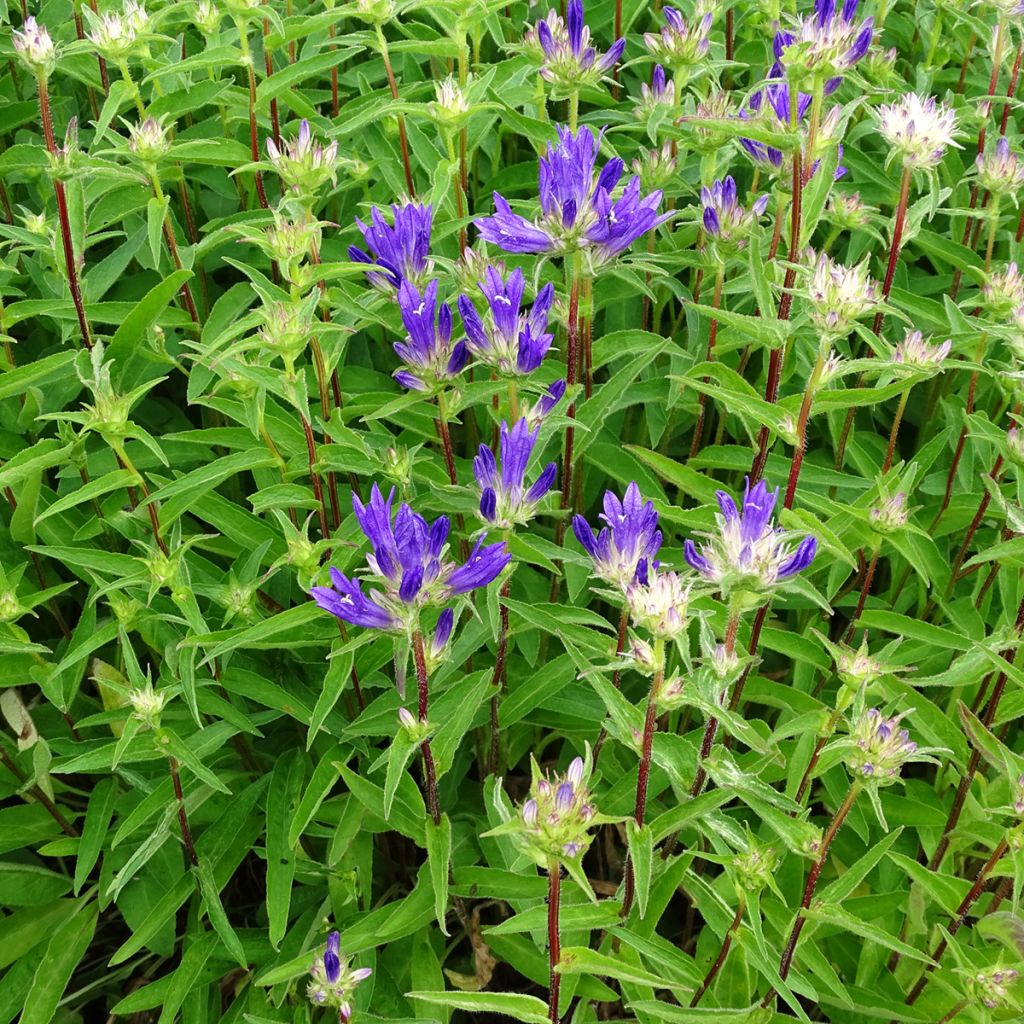

Campanula glomerata Genti Twisterbell
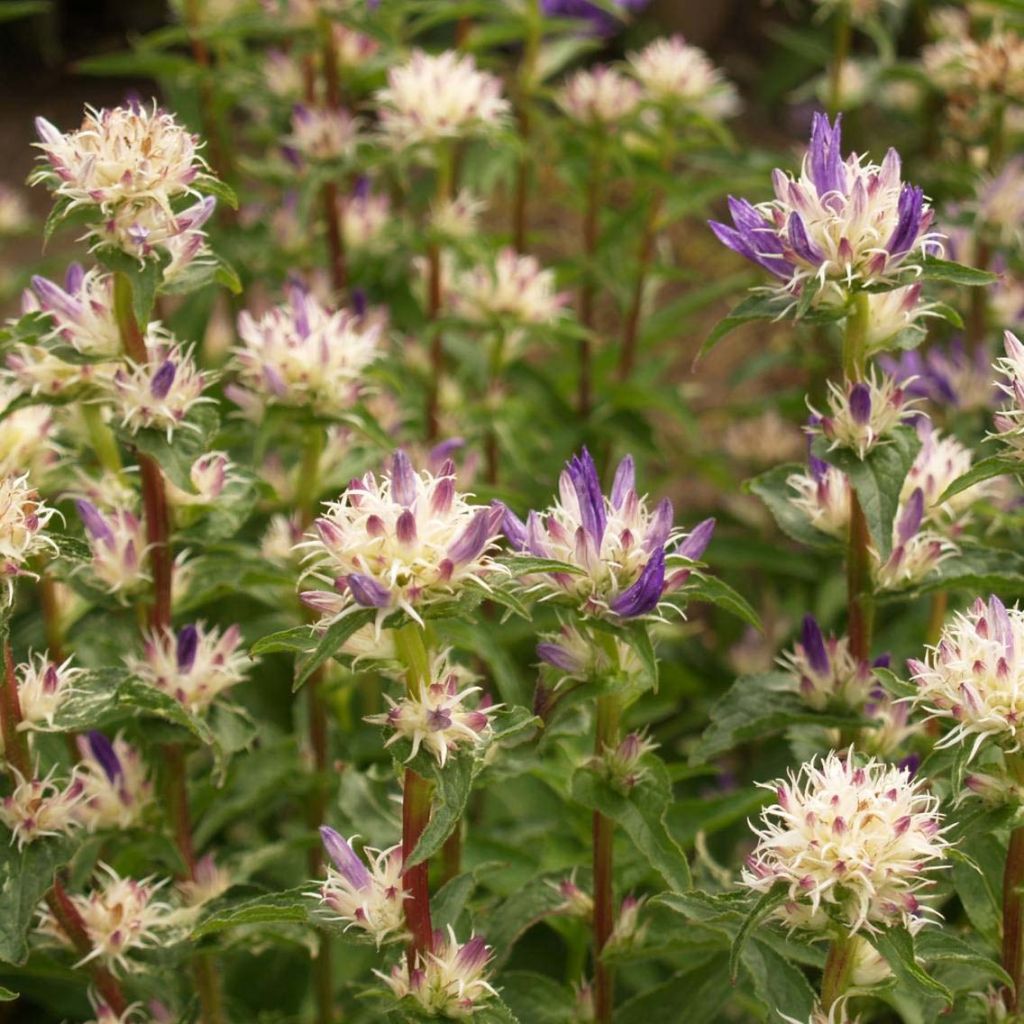

Campanula glomerata Genti Twisterbell
Campanula glomerata Genti Twisterbell
Campanula glomerata Genti Twisterbell
Clustered Bellflower
Why not try an alternative variety in stock?
View all →This plant carries a 12 months recovery warranty
More information
We guarantee the quality of our plants for a full growing cycle, and will replace at our expense any plant that fails to recover under normal climatic and planting conditions.
From €7.90 for pickup delivery and €6.90 for home delivery
Express home delivery from €8.90.
From €7.90 for pickup delivery and €6.90 for home delivery
Express home delivery from €8.90.

Does this plant fit my garden?
Set up your Plantfit profile →
Description
Campanula glomerata 'Genti Twisterbell' is a very recent cultivar of the clustered bellflower, distinguished by narrower, upright flowers with bicolored corollas blending blue-violet and white. They appear in June-July, in the axils of dark green leaves, tightly clustered in small groups along robust and sturdy leafy stems rather than in bouquets. This excellent perennial rhizomatous plant forms a dense clump of foliage, vigorous and floriferous in ordinary soil that is not too dry. It will quickly cover the ground along borders and is also a beautiful flower for bouquets.
The clustered bellflower is a herbaceous perennial plant with a rhizomatous crown, native to Europe and temperate Asia. It belongs to the Campanulaceae family. The variety 'Genti Twisterbell' is distinguished by a larger size and bicolored flowers arranged on the upper part of its flower stems. The plant reaches about 40 to 45 cm high when in flower, with a spread of 35 to 40 cm (14 to 16in). It spreads through stolons, forming large clumps of dark green to slightly purplish, woolly and rough leaves, heart-shaped at the base of the plant and more elongated along the flower stems. The basal foliage remains ornamental throughout the season. Flowering takes place in June-July, in the form of small clusters of narrow, star-shaped bell-flowers distributed along the stems and open to the sky, 2 to 3 cm (1in) wide, with petals variegated in blue-violet and white. This flowering can last for two months if you regularly remove the faded flower stems, and can even resume at the end of summer.
Campanula glomerata 'Genti Twisterbell' is an easy-to-grow plant in any light, well-drained soil, in full sun or part shade. It tolerates drought once well established. It can be used in borders, paving, or in a large rock garden together with small asters, veronicas, or perennial geraniums. It also pairs well with roses, and summer-flowering shrubs such as deutzias, althaeas or mock oranges.
About bellflowers:
The crown of bellflowers produces white stolons that spread underground in all directions ensuring the long-term survival of the plant. The numerous upright stems that arise from this base or stolons can be fertile or sterile. Thus, when one sees a large population of bellflowers, it is often clones of a single individual. On the other hand, different species of bellflowers hybridize very easily with each other and are often accompanied by a whole range of intermediate forms, which makes them very interesting for horticulturists.
Campanula glomerata Genti Twisterbell in pictures
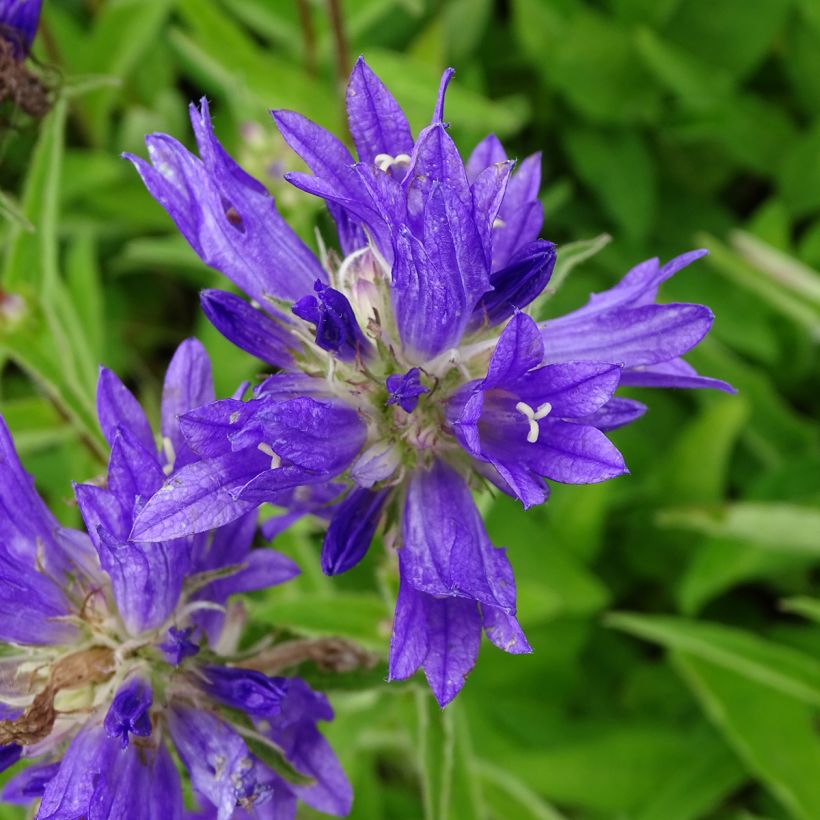

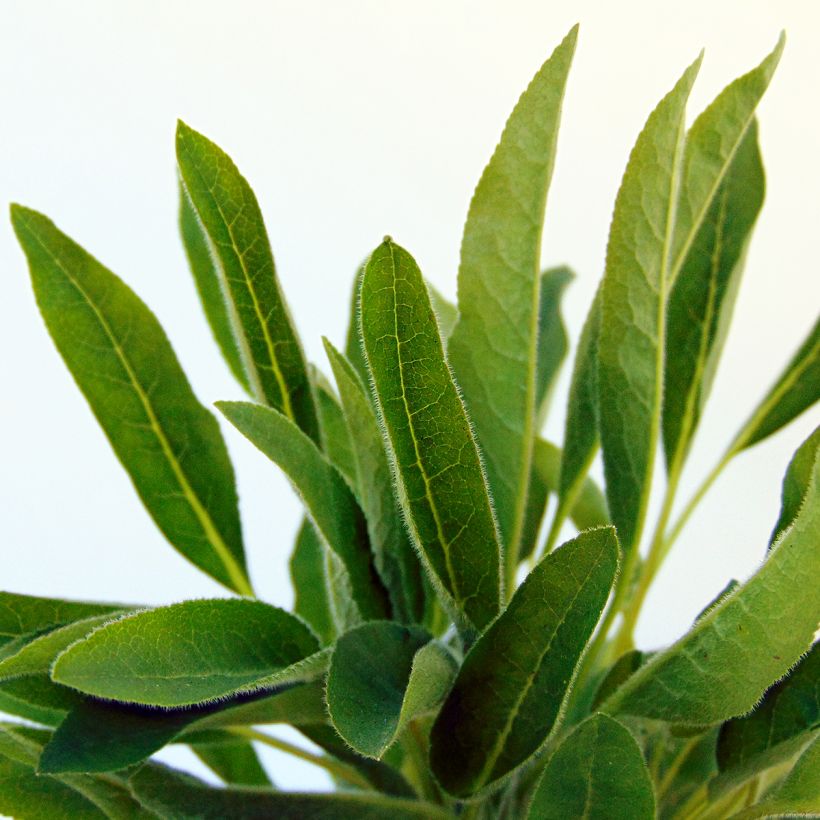

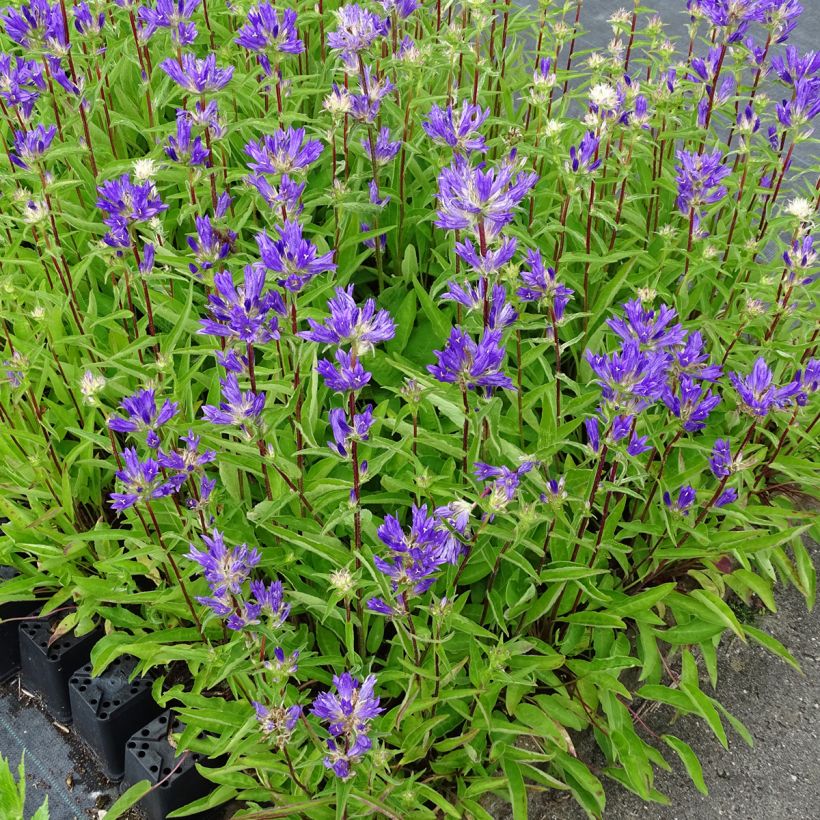

Flowering
Foliage
Plant habit
Botanical data
Campanula
glomerata
Genti Twisterbell
Campanulaceae
Clustered Bellflower
Cultivar or hybrid
Other Campanula - Bell Flower
View all →Planting and care
Campanula glomerata 'Genti Twisterbell' is hardy to below -15°c (5°F) and thrives in slightly sunny or semi-shaded positions. The further south you go, the more it will need afternoon shade. Plant it from March to May and from September to November in ordinary, neutral or slightly chalky, loose and moist soil. Regularly remove faded flowers to encourage the plant to produce new foliage. Do not rely on the size of the plant in the pot staying the same: give it the space you would give to a small bush. You can divide the clumps in autumn and spring. In pots, apply organic fertilizer at least once a year.
Planting period
Intended location
Care
-
, onOrder confirmed
Reply from on Promesse de fleurs
Summer flowering perennials
Haven't found what you were looking for?
Hardiness is the lowest winter temperature a plant can endure without suffering serious damage or even dying. However, hardiness is affected by location (a sheltered area, such as a patio), protection (winter cover) and soil type (hardiness is improved by well-drained soil).

Photo Sharing Terms & Conditions
In order to encourage gardeners to interact and share their experiences, Promesse de fleurs offers various media enabling content to be uploaded onto its Site - in particular via the ‘Photo sharing’ module.
The User agrees to refrain from:
- Posting any content that is illegal, prejudicial, insulting, racist, inciteful to hatred, revisionist, contrary to public decency, that infringes on privacy or on the privacy rights of third parties, in particular the publicity rights of persons and goods, intellectual property rights, or the right to privacy.
- Submitting content on behalf of a third party;
- Impersonate the identity of a third party and/or publish any personal information about a third party;
In general, the User undertakes to refrain from any unethical behaviour.
All Content (in particular text, comments, files, images, photos, videos, creative works, etc.), which may be subject to property or intellectual property rights, image or other private rights, shall remain the property of the User, subject to the limited rights granted by the terms of the licence granted by Promesse de fleurs as stated below. Users are at liberty to publish or not to publish such Content on the Site, notably via the ‘Photo Sharing’ facility, and accept that this Content shall be made public and freely accessible, notably on the Internet.
Users further acknowledge, undertake to have ,and guarantee that they hold all necessary rights and permissions to publish such material on the Site, in particular with regard to the legislation in force pertaining to any privacy, property, intellectual property, image, or contractual rights, or rights of any other nature. By publishing such Content on the Site, Users acknowledge accepting full liability as publishers of the Content within the meaning of the law, and grant Promesse de fleurs, free of charge, an inclusive, worldwide licence for the said Content for the entire duration of its publication, including all reproduction, representation, up/downloading, displaying, performing, transmission, and storage rights.
Users also grant permission for their name to be linked to the Content and accept that this link may not always be made available.
By engaging in posting material, Users consent to their Content becoming automatically accessible on the Internet, in particular on other sites and/or blogs and/or web pages of the Promesse de fleurs site, including in particular social pages and the Promesse de fleurs catalogue.
Users may secure the removal of entrusted content free of charge by issuing a simple request via our contact form.

































